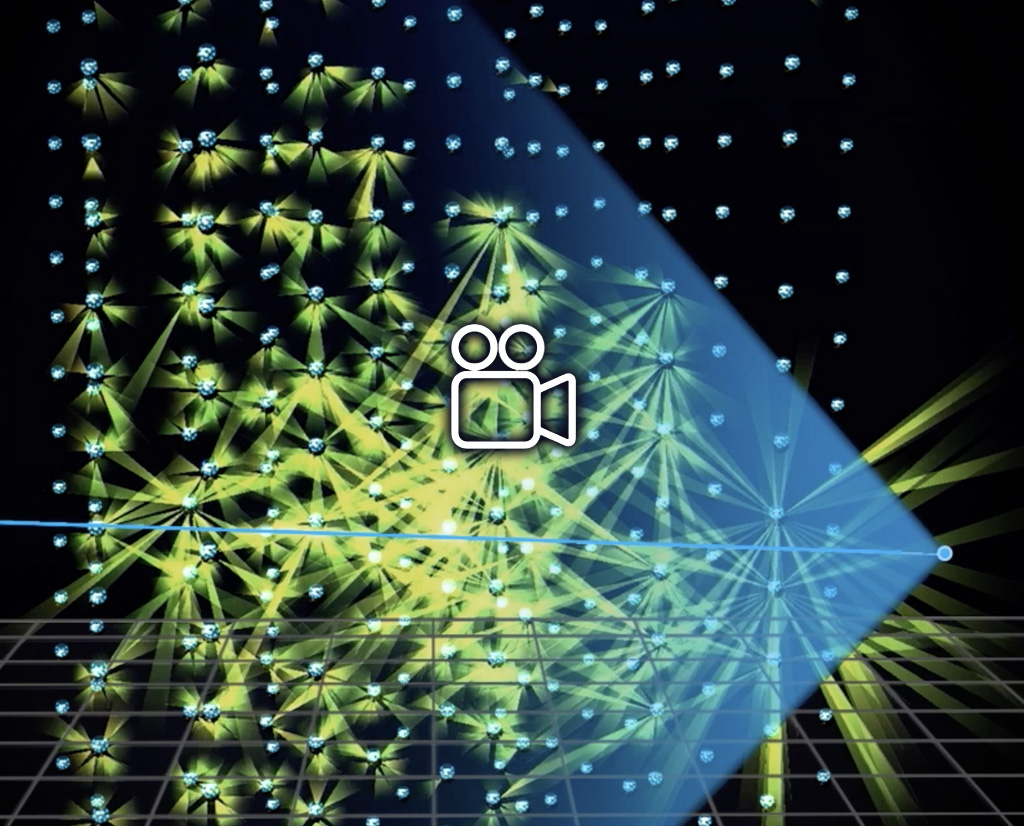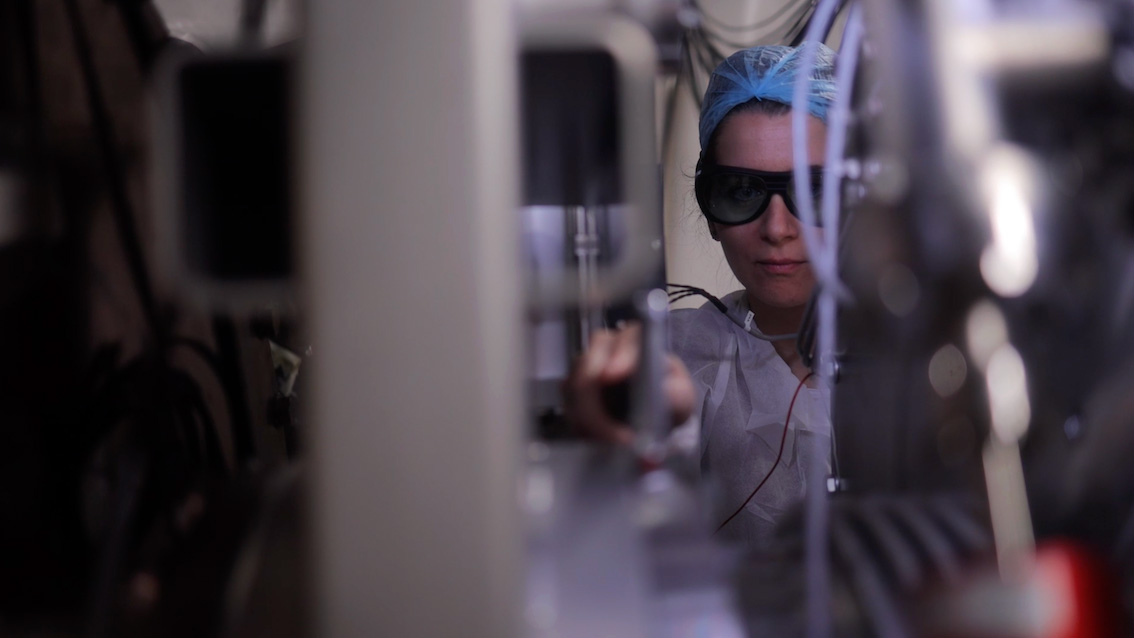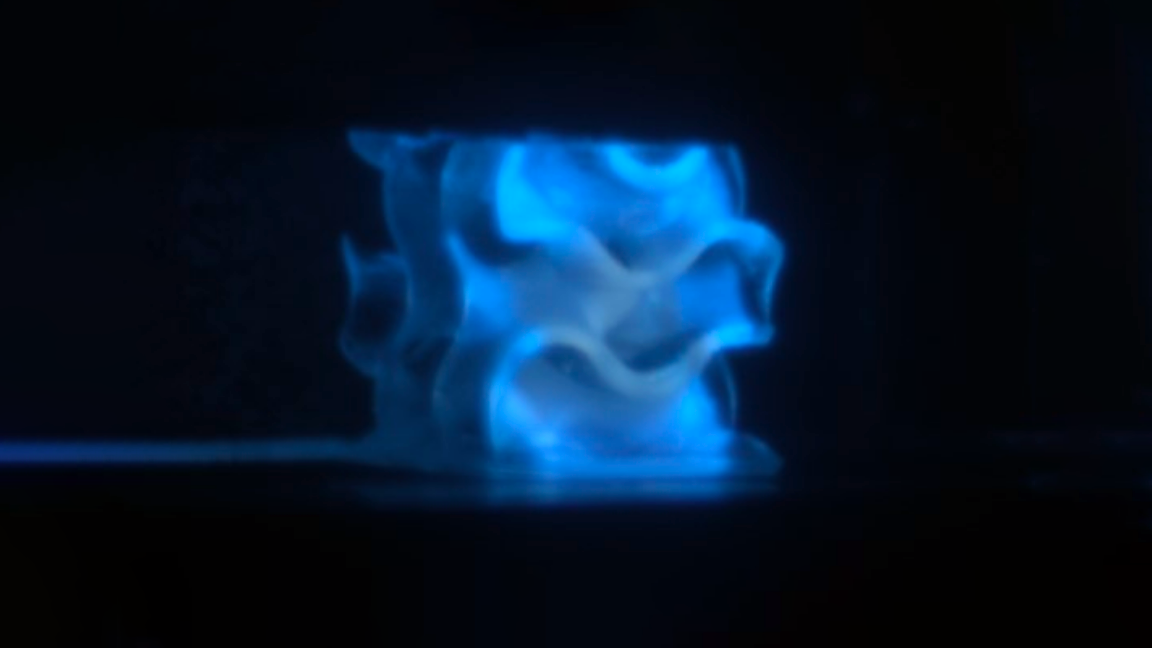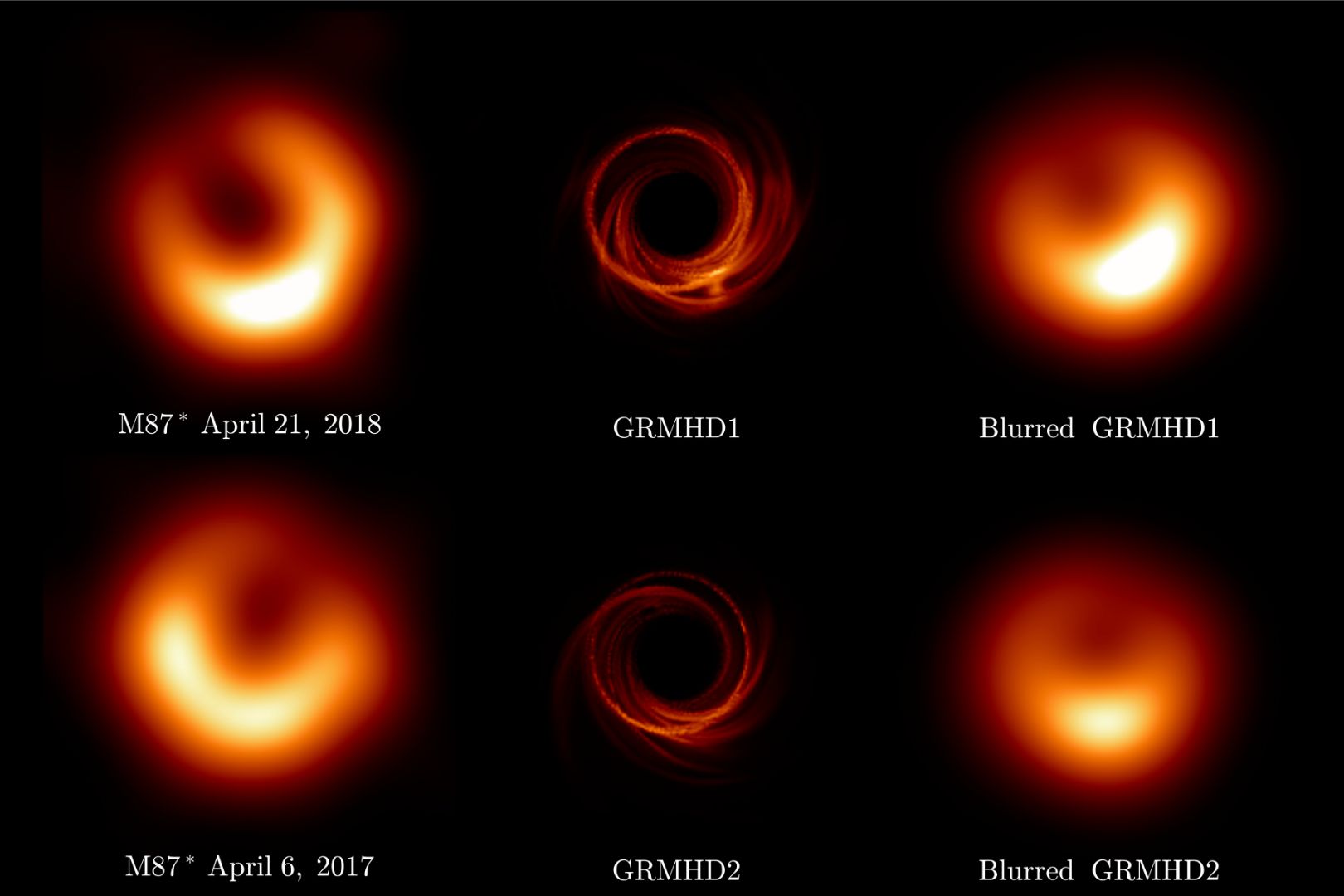 A new analysis of the data collected by the Planck satellite has been published by Nature Astronomy, which could question some fundamental assumptions of our current vision of the Universe.The study, conducted by an international team led by a research team from the Sapienza University of Rome and INFN, analysed the map, produced by Planck, of the cosmic microwave background (CMB), which provides a kind of primordial ‘photograph’ of the universe, as it was 380,000 years after the Big Bang. Similar maps of this primordial radiation, and in particular of its anisotropies and inhomogeneity, had already been obtained from the Boomerang experiment and from the WMAP satellite. The ESA Planck mission, however, in collaboration with ISA and NASA, active from 2009 to 2013, achieved unprecedented precision and sensitivity. Precisely thanks to Planck’s high sensitivity, the study published in Nature Astronomy was able to estimate the gravitational distortion of the cosmic background radiation due to the dark matter of the Universe with greater precision. A measurement that indicates matter density in the cosmos higher than that measured so far. If this were the case, the universe would not be flat, as scientists have assumed until now, but curved. If we imagine the cosmos in just two dimensions, it would mean moving from an “infinite plane” form to a form with a “spherical surface”
A new analysis of the data collected by the Planck satellite has been published by Nature Astronomy, which could question some fundamental assumptions of our current vision of the Universe.The study, conducted by an international team led by a research team from the Sapienza University of Rome and INFN, analysed the map, produced by Planck, of the cosmic microwave background (CMB), which provides a kind of primordial ‘photograph’ of the universe, as it was 380,000 years after the Big Bang. Similar maps of this primordial radiation, and in particular of its anisotropies and inhomogeneity, had already been obtained from the Boomerang experiment and from the WMAP satellite. The ESA Planck mission, however, in collaboration with ISA and NASA, active from 2009 to 2013, achieved unprecedented precision and sensitivity. Precisely thanks to Planck’s high sensitivity, the study published in Nature Astronomy was able to estimate the gravitational distortion of the cosmic background radiation due to the dark matter of the Universe with greater precision. A measurement that indicates matter density in the cosmos higher than that measured so far. If this were the case, the universe would not be flat, as scientists have assumed until now, but curved. If we imagine the cosmos in just two dimensions, it would mean moving from an “infinite plane” form to a form with a “spherical surface”
You might also be interested in

EuPRAXIA chooses ELI Beamlines as second site for laser-driven accelerator

The record neutrino observed by KM3NeT
07 February 2025
Read more The record neutrino observed by KM3NeT

INFN celebrates the STEM WEEK and the International Day of Women and Girl in Science 2025

International Year of Quantum Science and Technology, 2025
03 February 2025
Read more International Year of Quantum Science and Technology, 2025

A new generation of plastic scintillators thanks to 3d printing

Capturing the accretion flow of M87* black hole
22 January 2025
Read more Capturing the accretion flow of M87* black hole